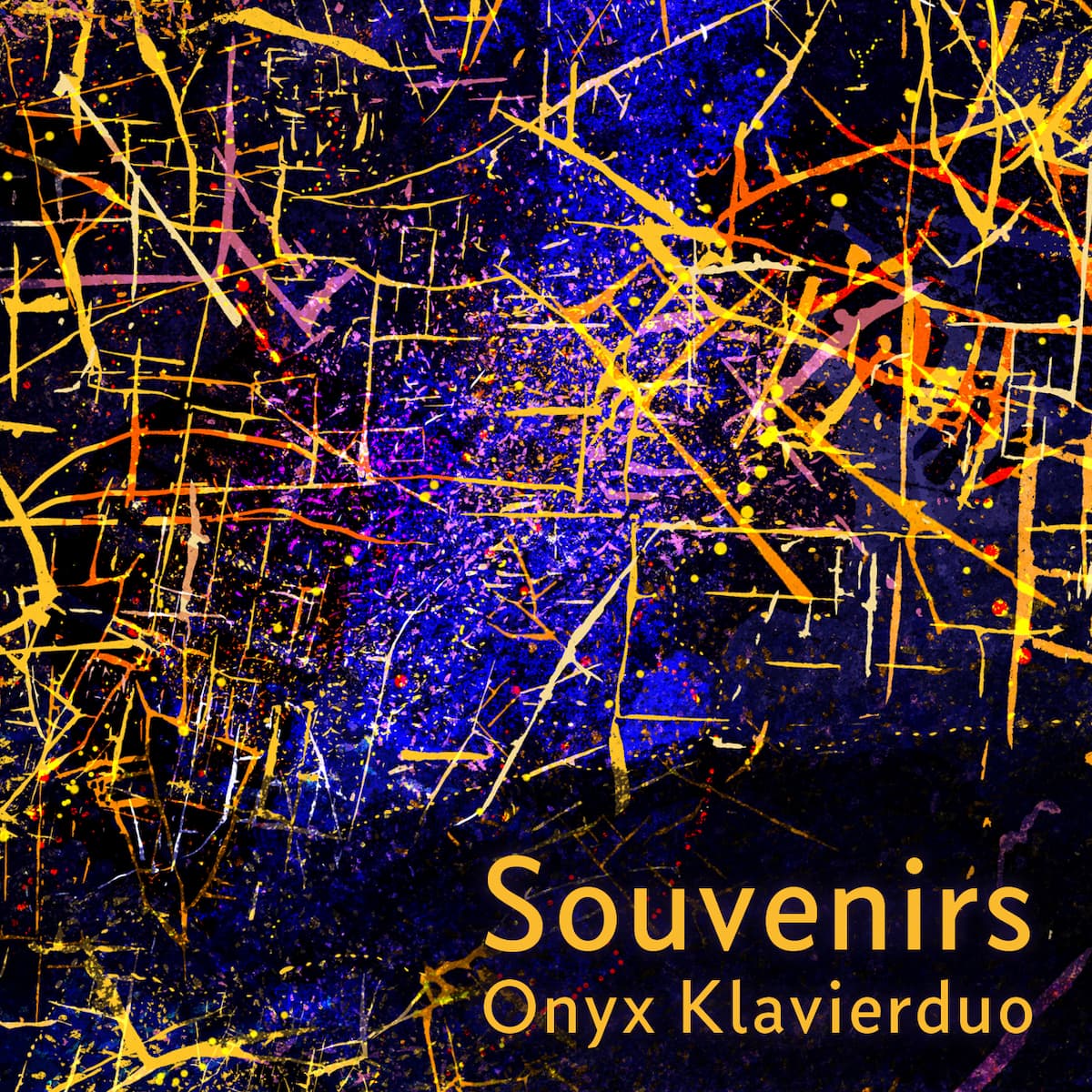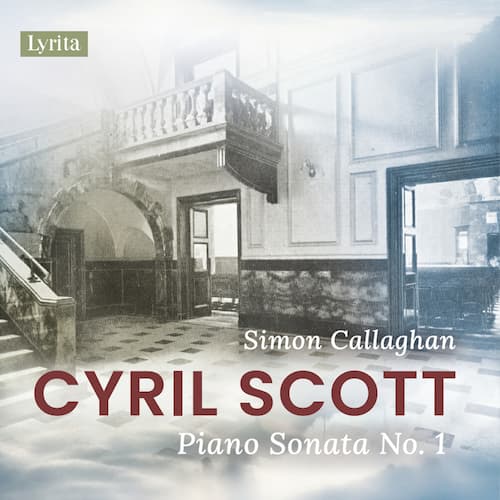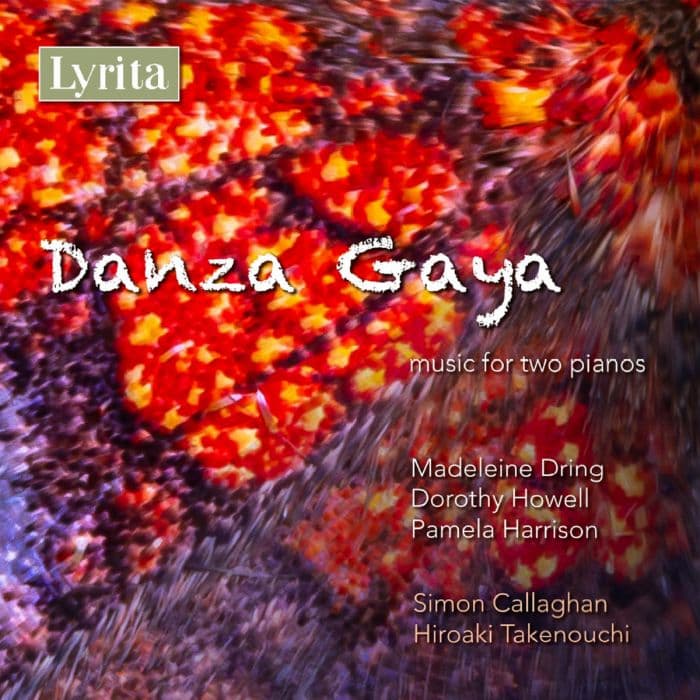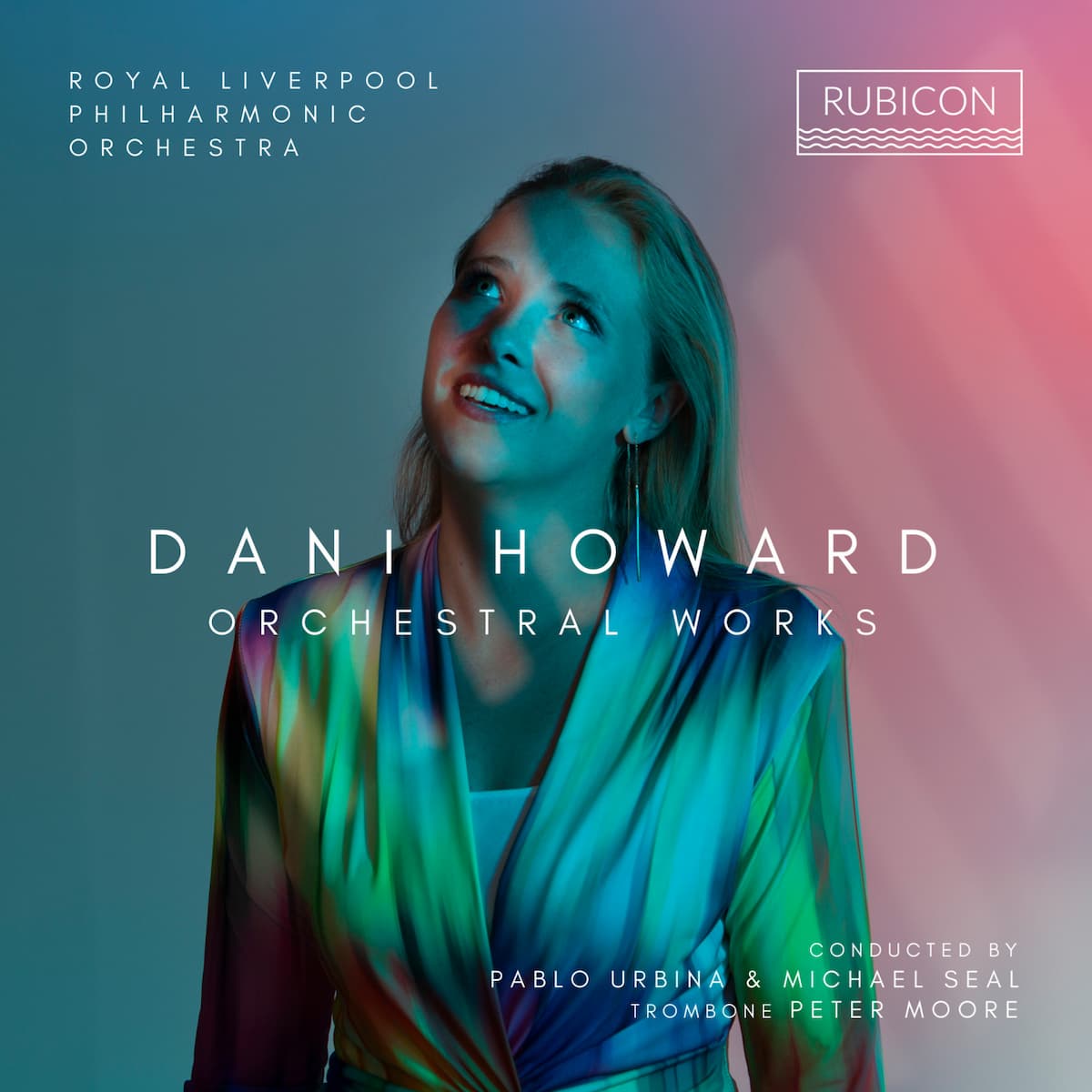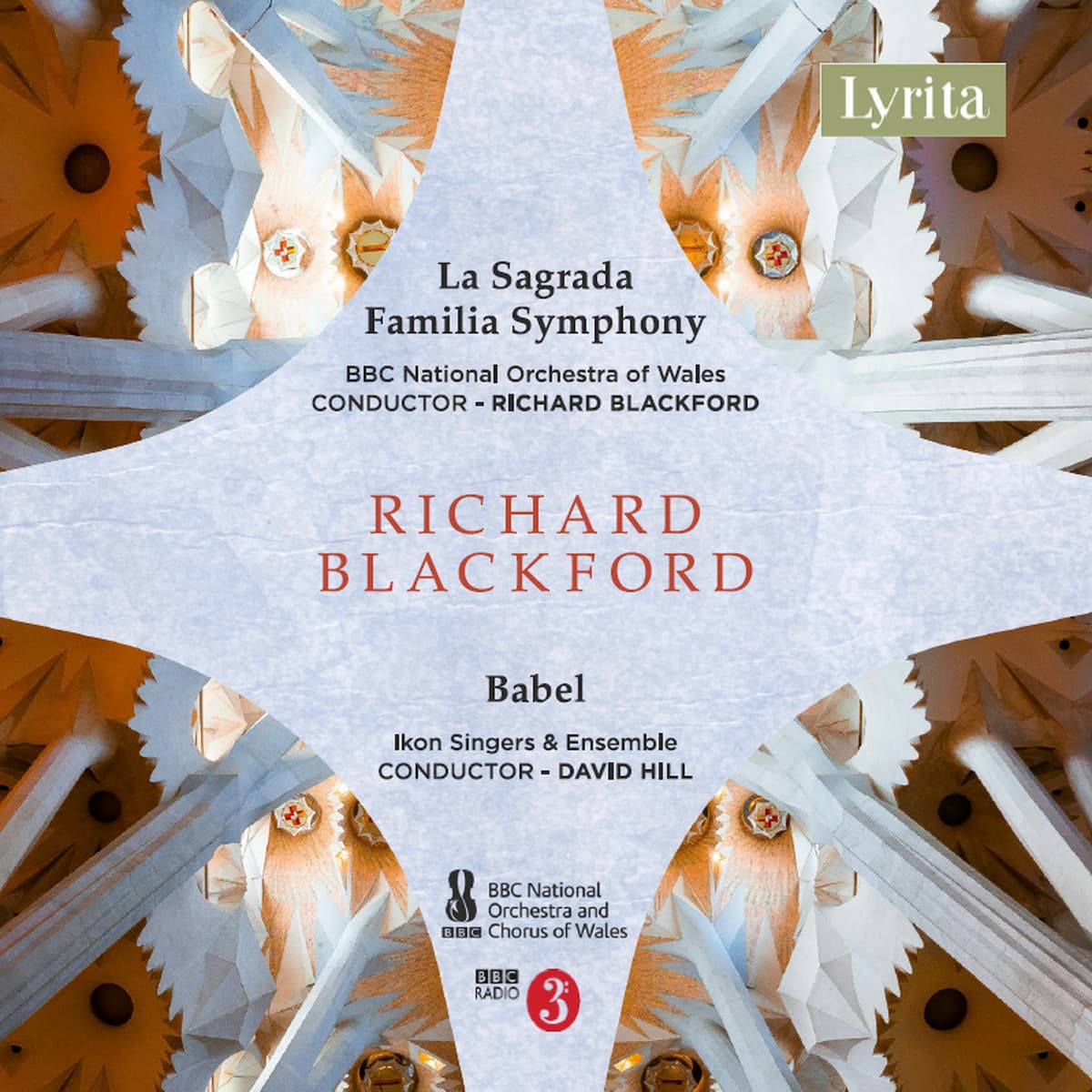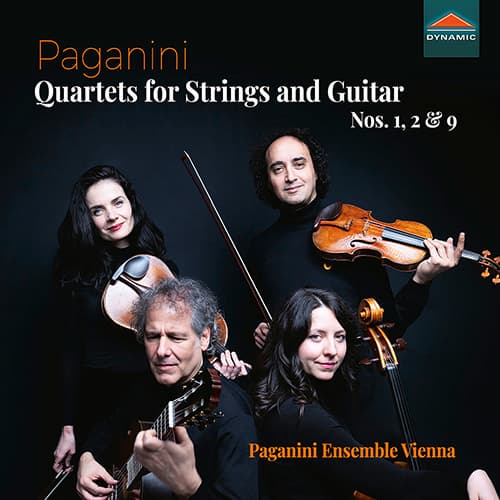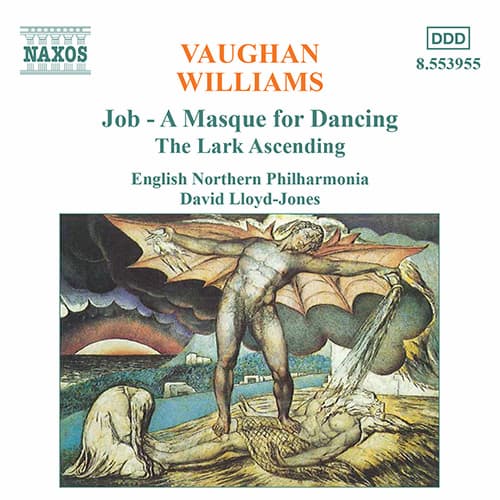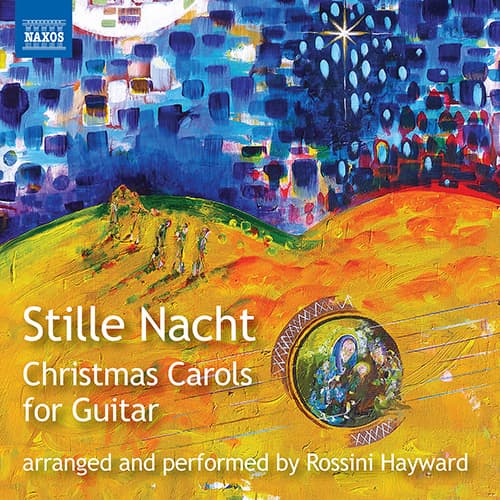One of the most wonderful ensembles in the world is the piano duo. More than just adding two more layers to any piano work, it adds up to 10 more layers. The German Onyx Piano Duo’s (Marie-Thérèse Zahnlecker and Jonas
My music
British composer Cyril Scott (1879–1970) was one of the early 20th-century composers in England who looked beyond the classical tradition to forge his own path. Unfortunately, this singular vision has led to his being virtually dropped from the performance repertoire.
The three composers on this recording, Dorothy Howell (1898–1982), Pamela Harrison (1915–1990), and Madeleine Dring (1923–1977) are probably not on your regular piano repertoire lists. But, as this recording of their music for two pianos by Simon Callaghan and Hiroaki
Although in the liner notes to her new album, British composer Dani Howard protests that she avoided orchestral music during her years at the Royal College of Music, this collection of her music from 2016 to 2021 shows her utter
The Basílica i Temple Expiatori de la Sagrada Família in Barcelona, more Famíliarly known as La Sagrada Família, is the largest unfinished Catholic Church in the world. It was designed by the Catalan architect Antoni Gaudí (1852–1926) and was consecrated
We associate the name of Niccolò Paganini 1782–1840) with the violin and his seemingly demonic playing. However, the less talented are always quick to impugn the true talent of a virtuoso – the devil had to have a hand! Paganini
The orchestra paints a calm scene – blue skies, some clouds – and then a rising song. It’s the skylark, a bird of the open farm and of the heath. Its song, sung only by the male, is delivered in
One of the most beautiful of the carols sung at Christmas, the Coventry Carol commemorates a truly tragic event. As told in the Gospel of Matthew (2:16–18), Herod, the king of Judea, ordered the killing of all male children two

